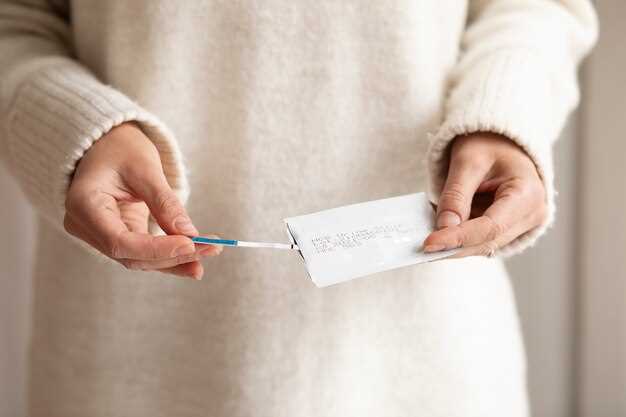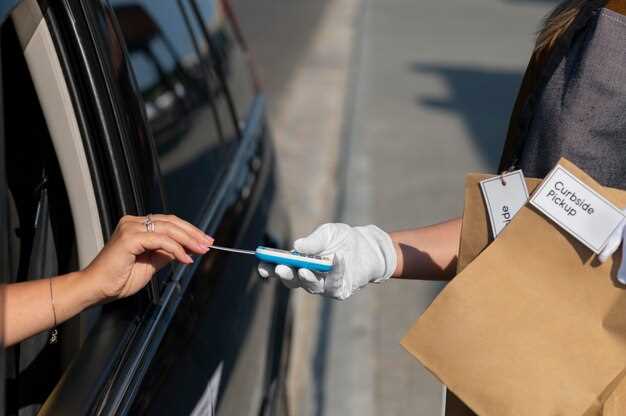
License plates are essential components of motor vehicles, serving both legal and functional purposes. Over time, these plates can accumulate dirt, grime, and other contaminants that obscure numbers and letters, potentially leading to issues with visibility and identification. Ensuring that license plates remain clean not only aids in compliance with the law but also helps maintain the aesthetic appeal of your vehicle.
While it may be tempting to use abrasive cleaners or rough materials to remove stubborn stains, such practices can damage the plate’s surface. Understanding the appropriate methods and tools to use is crucial for preserving the integrity of the license plate while achieving a thorough clean. This article provides practical advice on safe techniques for cleaning license plates, ensuring they remain in top condition without risk of harm.
From selecting the right cleaning agents to employing proper techniques, we will guide you through the safest and most effective ways to restore your license plates. By following these methods, you can ensure your plates remain clear and legible, contributing to both your vehicle’s appearance and compliance with regulations.
Choosing the Right Cleaning Products for License Plates

Selecting the appropriate cleaning products for license plates is essential to maintain their appearance and legibility without causing any damage. Here are key considerations and recommendations:
-
Material Compatibility:
License plates are typically made from aluminum, plastic, or acrylic. Ensure that the cleaning product is compatible with the material to avoid corrosion or discoloration.
-
Non-Abrasive Cleaners:
Choose non-abrasive cleaners to prevent scratching the surface. Look for products labeled as “gentle” or “safe for delicate surfaces.”
-
pH-Neutral Solutions:
A pH-neutral cleaner is less likely to cause any chemical reactions that could damage the plate. Avoid harsh chemicals like bleach or ammonia.
-
Environmentally Friendly Products:
Opt for eco-friendly cleaning products which are safe for both the environment and the materials of the license plate.
-
Specialized License Plate Cleaners:
Some manufacturers offer cleaners specifically designed for license plates. These are formulated to clean while preserving the finish and detail of the plates.
-
Testing Small Areas:
Before applying any cleaning product over the entire plate, test it on a small, inconspicuous area to ensure it does not cause damage.
By choosing the right cleaning products and adhering to these guidelines, you can effectively clean license plates while preserving their integrity and appearance.
Step-by-Step Guide to Cleaning Different Types of License Plate Materials
Cleaning license plates requires a tailored approach depending on the material used. This guide provides specific steps for cleaning plastic, aluminum, and stainless steel license plates safely without causing damage.
Cleaning Plastic License Plates:
1. Gather materials: mild soap, warm water, a soft sponge, and a microfiber cloth.
2. Mix mild soap with warm water in a bowl.
3. Dip the soft sponge into the soapy solution and gently scrub the plastic plate. Avoid using abrasive cleaning tools to prevent scratching.
4. Rinse the plate thoroughly with clean water to remove soap residue.
5. Dry the plate with a microfiber cloth to prevent water spots.
Cleaning Aluminum License Plates:
1. Collect your cleaning supplies: dish soap, water, a soft-bristle brush, and a clean cloth.
2. Prepare a soapy solution by mixing dish soap with warm water.
3. Use a soft-bristle brush to gently scrub the plate, focusing on any dirt or grime buildup.
4. Rinse the plate under running water to ensure all soap is washed away.
5. Dry the aluminum plate using a clean cloth; ensure it is completely dry to prevent oxidation.
Cleaning Stainless Steel License Plates:
1. Obtain cleaning materials including stainless steel cleaner or a vinegar-water solution, soft foam pad, and microfiber cloth.
2. If using a cleaner, apply it as directed on the label; for a vinegar solution, mix equal parts vinegar and water.
3. Gently apply the cleaner using the soft foam pad, following the grain of the steel to avoid scratches.
4. Rinse with clean water to remove any cleaning agent residue.
5. Wipe down with a microfiber cloth to polish the stainless steel and achieve a shine.
By following these steps tailored to each material, you can effectively clean your license plates while preserving their appearance and integrity.
Best Practices for Protecting Your License Plate After Cleaning

After thoroughly cleaning your license plate, it is essential to implement protective measures to maintain its condition and visibility. Following these best practices will help ensure that your license plate remains in top shape.
Firstly, consider applying a protective coating. Use a clear ceramic or polymer sealant specifically designed for automotive surfaces. These coatings create a barrier against dirt, moisture, and UV rays, helping to prevent fading and corrosion over time.
Secondly, avoid parking in direct sunlight whenever possible. UV exposure can cause the materials used in license plates to degrade more quickly. Seek shaded areas or use a sunshade for added protection, especially during extreme weather conditions.
Another important practice is to regularly inspect your license plate. Check for any signs of wear, scratches, or damage immediately after cleaning. Addressing issues early can prevent further deterioration and maintain the integrity of the plate.
Additionally, consider using a license plate cover. These unbreakable polycarbonate covers not only protect against physical damage but also keep your plate cleaner for longer periods. Opt for a product that is transparent to ensure visibility complies with local regulations.
Lastly, refrain from using abrasive cleaners or tools when maintaining your license plate. Stick to soft cloths or sponges to avoid scratching the surface, which can compromise both appearance and legibility. Always ensure that any cleaning solution used is safe for the specific materials of your plate.
